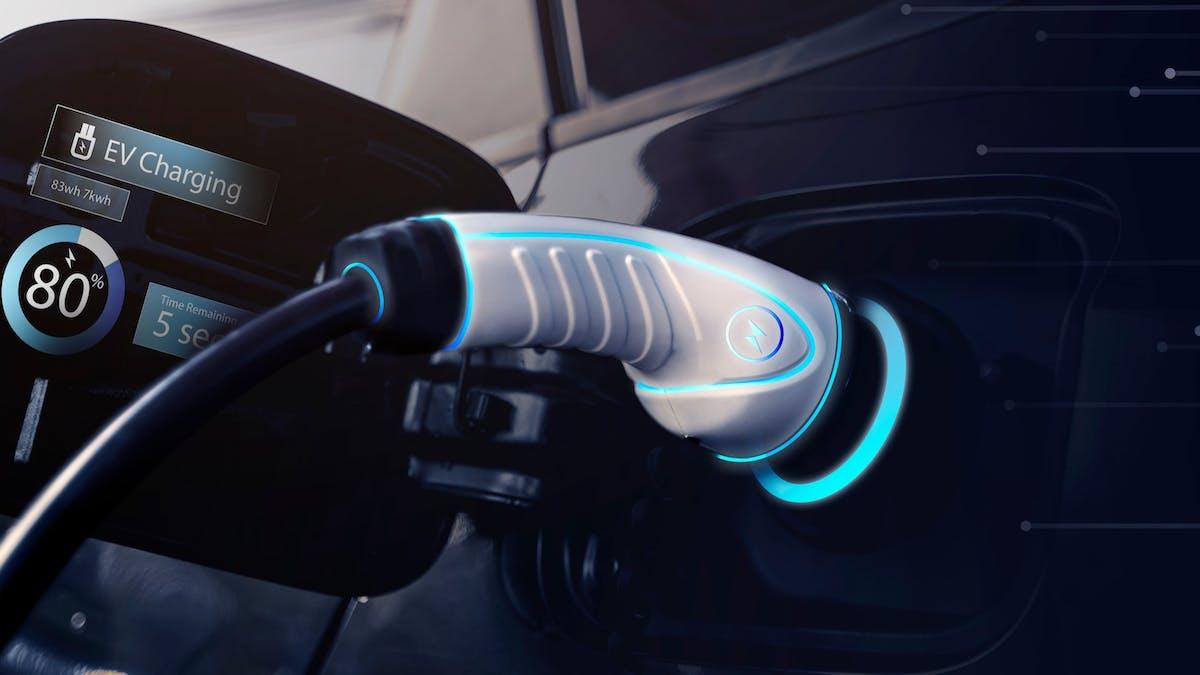Strong demand for electric vehicle range extension, many Japanese companies increase production of gallium nitride substrates
A number of Japanese companies have increased production of range-extending materials (i.e., gallium nitride substrates) for electric vehicles to meet market demand in order to improve performance.。
Japanese companies such as Mitsubishi Chemical Group and Asahi Kasei are expanding production of range-extending materials for electric vehicles to meet demand for higher performance in a fast-growing market.。
Mitsubishi Chemical will increase production of next-generation gallium nitride (GaN) power semiconductor substrates for electric vehicle engines。The company hopes to reduce costs and eventually achieve mass production through a gallium nitride crystal manufacturing method that increases production efficiency tenfold。
Mitsubishi Chemical will supply raw materials to Nippon Steel's plant in Hokkaido and outsource substrate production, with the goal of increasing its production capacity fivefold by 2025 from 2022.。
Power semiconductors are responsible for controlling and converting electricity. They are used to connect the electric vehicle control device of the engine and battery. Reducing its power loss can increase the cruising range of the electric vehicle。It is said that compared with the current mainstream substrate material silicon, gallium nitride can reduce power loss by more than 10%。
Sumitomo Chemical Asia, the world's largest manufacturer of gallium nitride substrates, will launch a substrate in 2026 with a maximum surface area that will double that of current products.。The larger the surface area, the more chips can be cut at a time, thereby increasing the efficiency of electronic device manufacturers。
Shin-Etsu Chemical has also developed technology with Oki Electric Industry to make power semiconductor materials using gallium nitride at a cheaper cost, with the two companies aiming to expand the size of substrates by the end of FY2025.。
As a key raw material, gallium is mostly imported from China, but China implemented the Announcement on Export Control of Gallium and Germanium-related Items in August this year.。In response, a representative of Mitsubishi Chemical said: "Our suppliers hold domestic stocks and there are no supply problems for the time being.。
According to relevant sources, Asahi is increasing the production of resin materials used to produce coatings for electric vehicle batteries.。Cold weather will limit the performance of lithium-ion batteries used in electric vehicles and shorten the cruising range。And coating the battery with a resin material similar to foam can improve the heat insulation performance。The company said that even at minus 20 degrees Celsius, the cruising range can be extended by several percentage points。
Recently, the capacity of a factory in Mie Prefecture has more than tripled to about 2,000 tons per year, enough to produce about 2 million electric vehicles (calculated at 1 kg per vehicle)。
In order to increase the cruising range, the motor performance must also be improved。JFE Steel is considering investing about 95 billion yen (about 6.US $3.6 billion) to expand the production of high-performance electrical steel plates。This steel plate can reduce the energy consumption of the motor, thereby extending the cruising range。Nippon Steel (NIPPON STEEL) also plans to invest about 90 billion yen to increase the production capacity of similar plates.。
In addition, Daikin Industries (Daikin Industries) is developing an energy-saving refrigerant for car air conditioning, which will help extend the cruising range。Due to the large power consumption of the air conditioner, this refrigerant can distribute more electricity to the car。The company will invest billions of yen to set up a test plant at a plant in Ibaraki Prefecture and start producing samples in 2024, expecting to launch the product as early as 2027.。
According to the International Energy Agency's forecast, global electric vehicle sales will reach 36.9 million in 2030, an increase of 2.6 times, accounting for more than 35% of new car sales。

·Original
Disclaimer: The views in this article are from the original Creator and do not represent the views or position of Hawk Insight. The content of the article is for reference, communication and learning only, and does not constitute investment advice. If it involves copyright issues, please contact us for deletion.